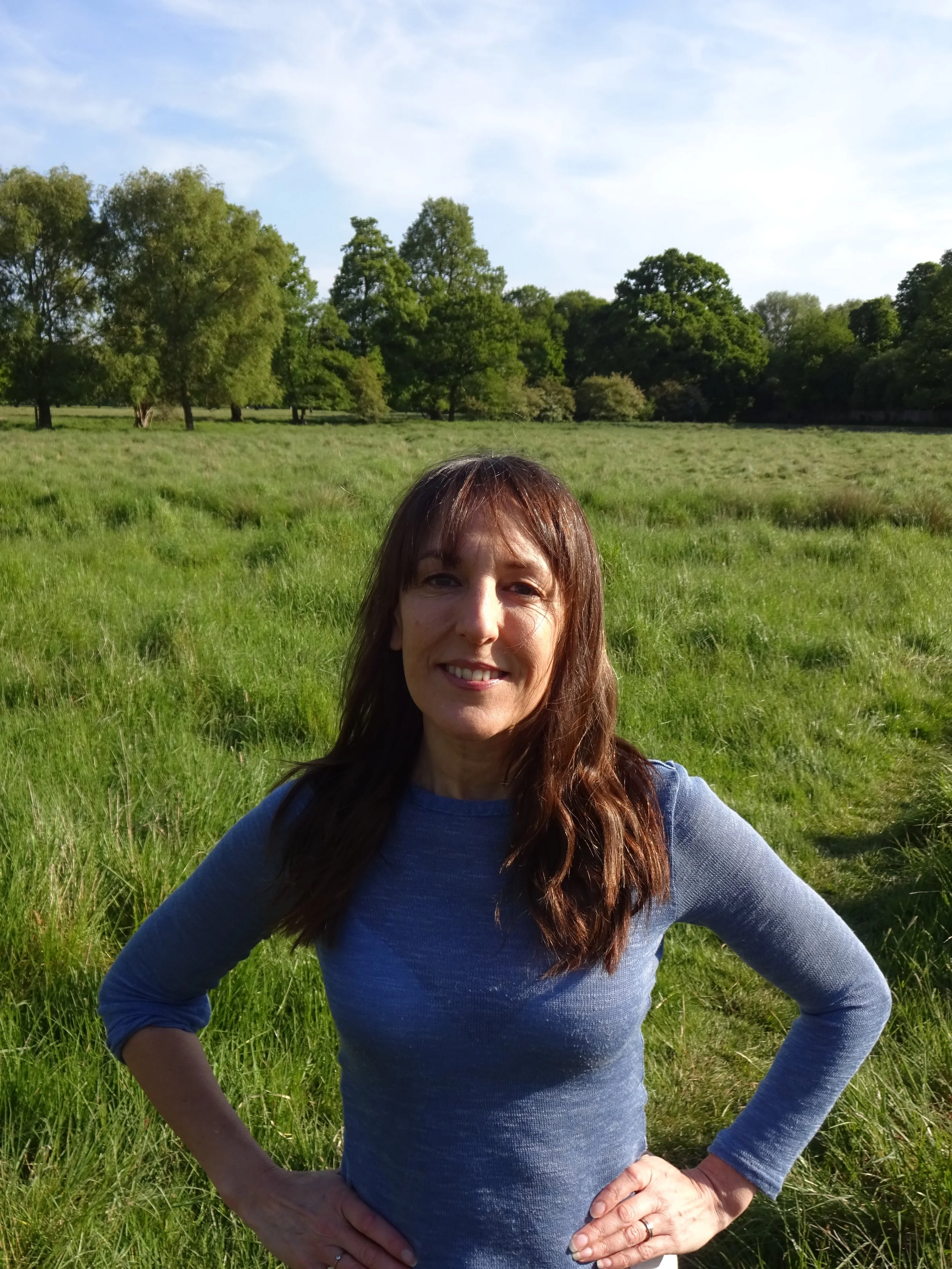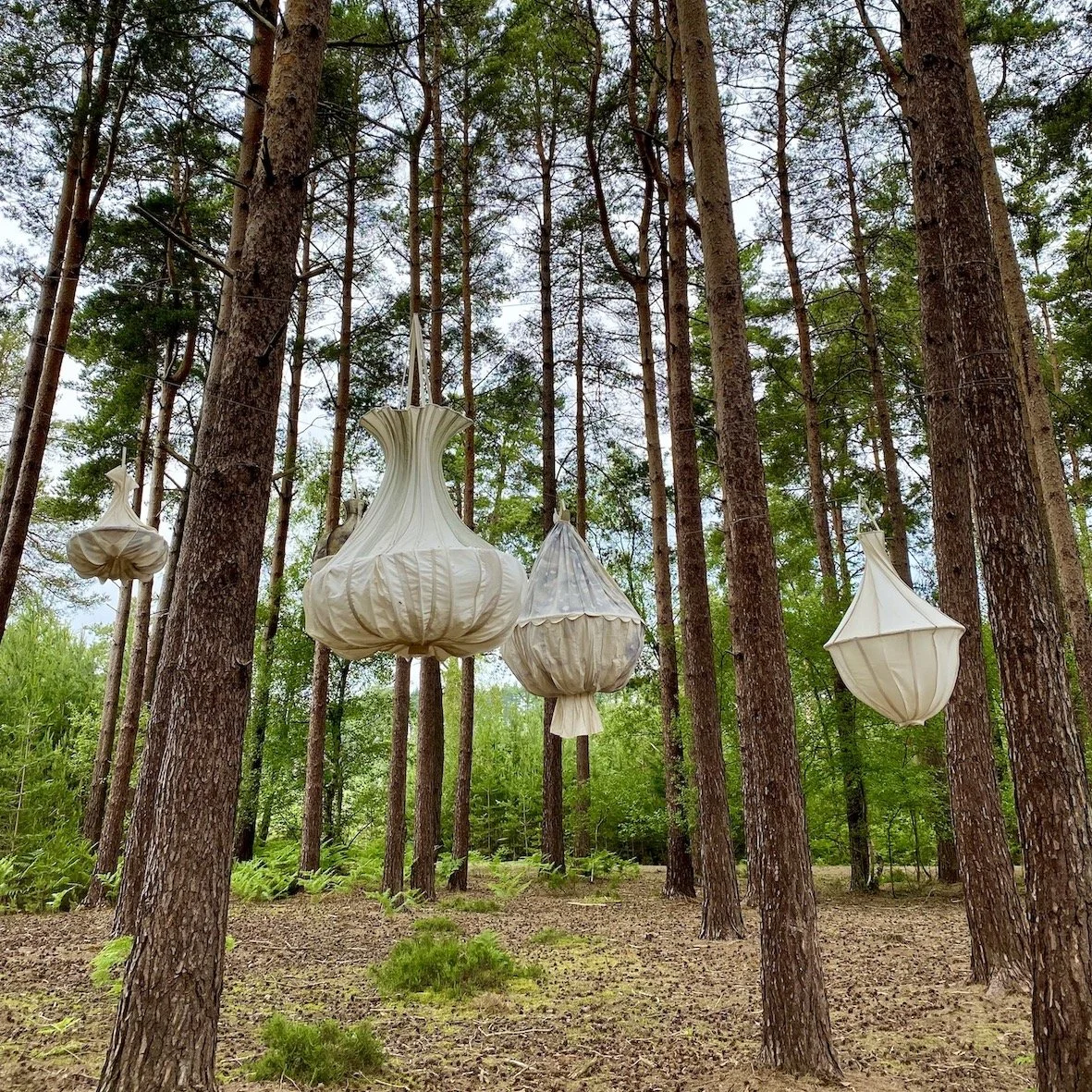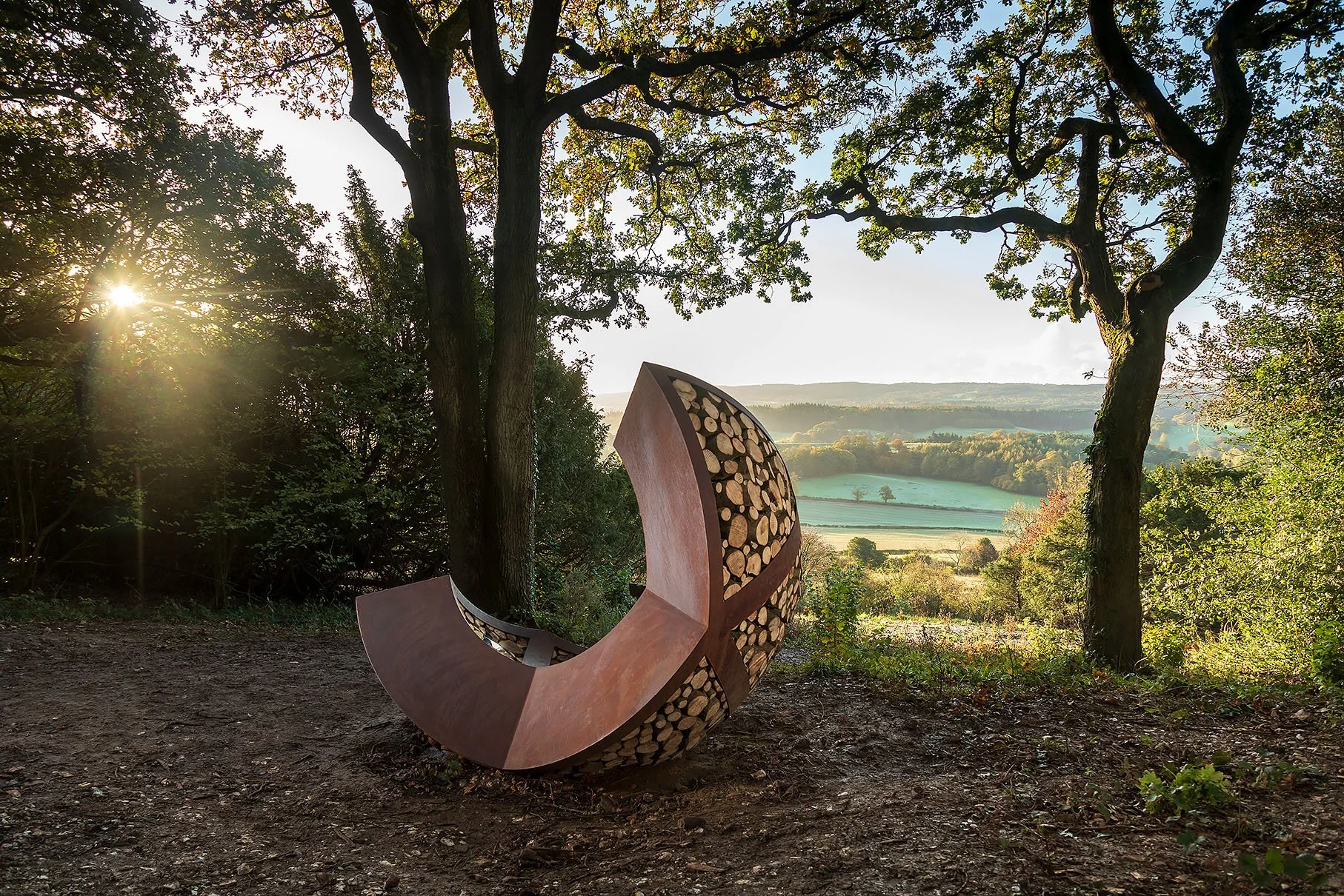Ali Clarke is the founder and Programme Manager of Surrey Hills Arts, a programme of art projects that respond to this protected landscape.
She set up this programme following many years of managing arts projects and increasingly being drawn to the landscape. The programme includes a permanent public art programme, temporary visual art projects, creative writing and performance. www.surreyhillsarts.org
1. Curator is not a career path that is ever talked about when we are growing up, what drew you to it as a career choice?
Curating is an important element of what I do as a Programme Manager but it wasn’t a conscious choice of career. I’m an artist and designer who enjoys making adventurous and interesting art events happen. Therefore curation is part of the process. I select artists and support them to realise their vision while at the same time forming the overall programme.
2. Do you run open calls to bring in new talent or do you only exhibit artists you represent?
I usually do an open call out to find the best artist for a commission. I put together a selection panel and we settle on a shortlist of about six. If the commission is for a permanent artwork, the shortlisted artists are paid to develop their proposals and present these to the panel so we can ask questions and understand how they work.
On some occasions, an artist approaches me with an idea and if it fits with our programme, I support them to realise this through finding a suitable location, permissions, sourcing funding and linking with the community.
3. Can you give us a day in the life of your organisation?
I enjoy how every day is different. I could be meeting with the Craft Programme Director of the University for the Creative Arts to discuss our work with the students or with a health practitioner to plan creative health walks. I often have site visits to decide on the right location for a project. For example, I’m currently working with a choreographer and we looked at about 8 potential sites before settling on the right one for a digital portrait project involving dance. I take time to meet with individual artists and once commissioned, work closely with them to achieve the vision. Between these interesting activities are the usual hundreds of emails to answer, funding bids to develop, and reports to write!
4. How easy/hard was it to set up the Programme?
The process was surprisingly easy. I had worked in the Art & Landscape field for about eight years and I could see that a programme focused on contemporary art that connected people to the landscape would make sense. I had the backing of the AONB (Area of Outstanding Natural Beauty) and the County Council who all recognised the benefits of engaging people of all ages and abilities in nature through the arts. However, it then took a further two years for the funding to come in to allow me to formally set up the programme.
5. Do you think artists should respond to what is happening around them within their work, or change what they do to suit an open call?
That’s an interesting question and I think this needs to be balanced. I want to work with artists who are genuinely enthused (and often obsessed!) with certain things. This could be the materials that make up the landscape or the sounds they record or a specific historical event that inspires them. I am looking for that passion that is driving them to research, explore and create. That passion shows that is what they should be doing and I wouldn’t want that to be watered down. It takes skill for an artist to stay true to their work whilst addressing the brief. I have seen how having some requirements or limitations as part of a brief can actually benefit the final piece. Working in a protected landscape, we have to respect nature and wildlife. Increasingly we aim to actually benefit the environment through the project. This could be a sculpture that is inhabitable to support local wildlife at a time when so many of our species are in an alarming decline.
6. Who would be the three artists you could curate in a perfect world?
If she were still with us, I would have loved to have worked with artist Ruth Asawa on a series of her large-scale woven wire artworks which would look awesome suspended outside in the Surrey Hills. It would be wonderful to commission Ivan Juarez – a Mexican artist and Landscape Architect that I follow. I love his environmental installations.
Olafur Eliasson would be really interesting to work with, I admire his experimental large-scale artworks and ethos.





